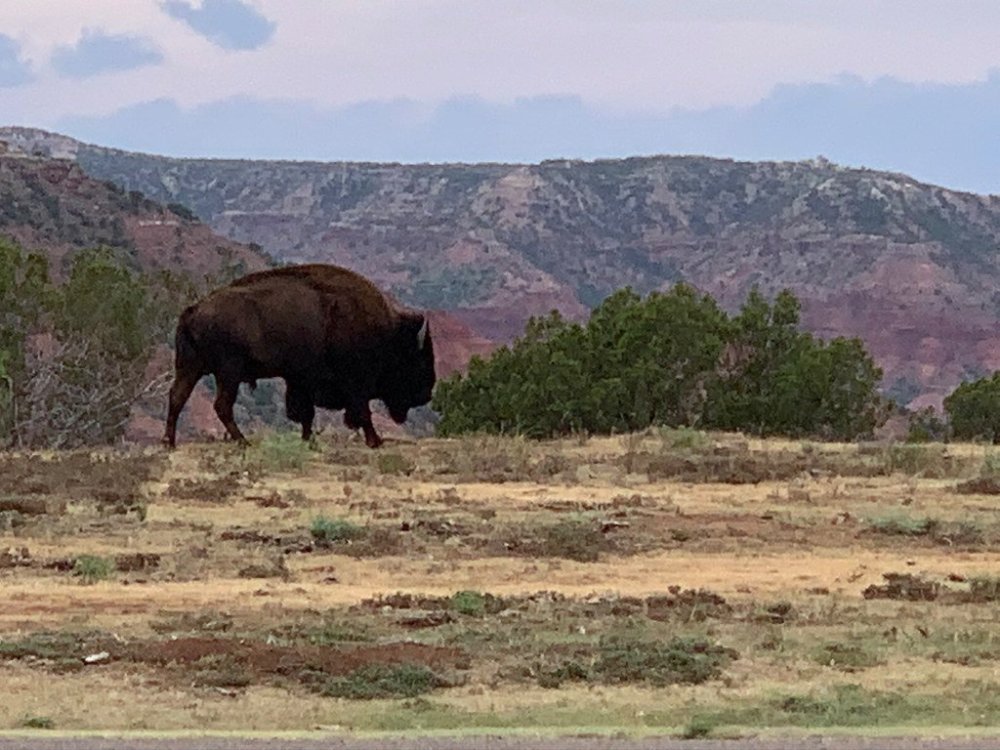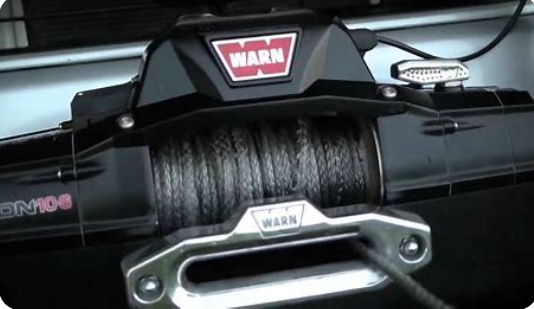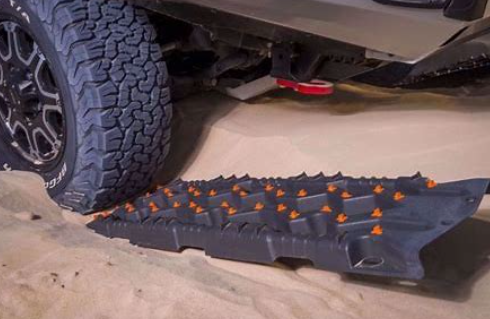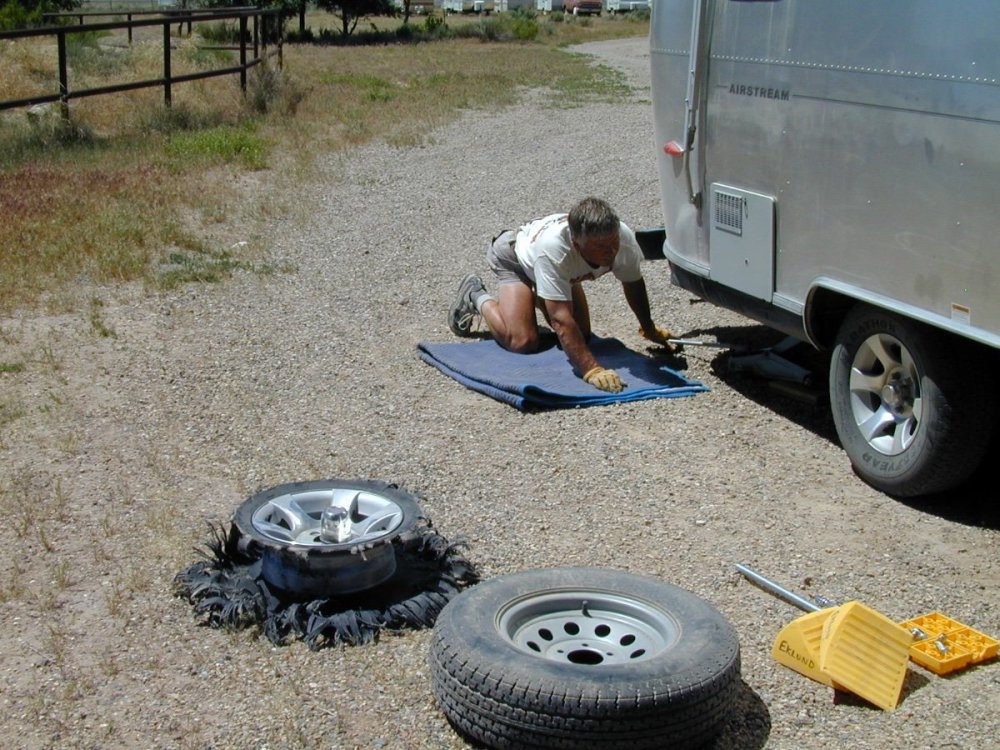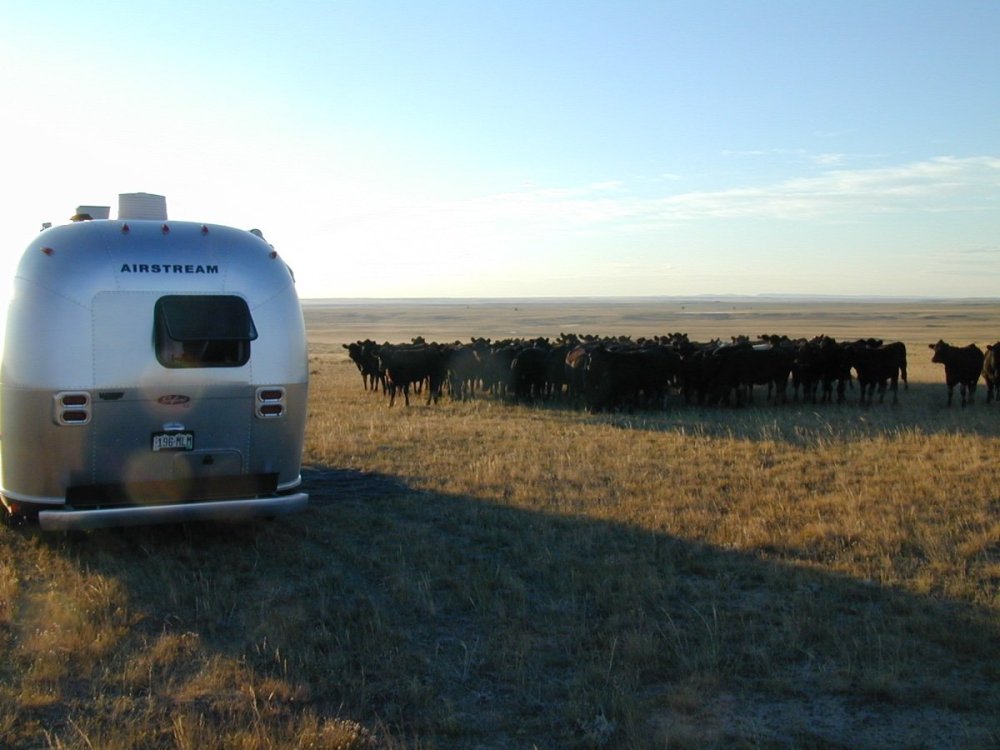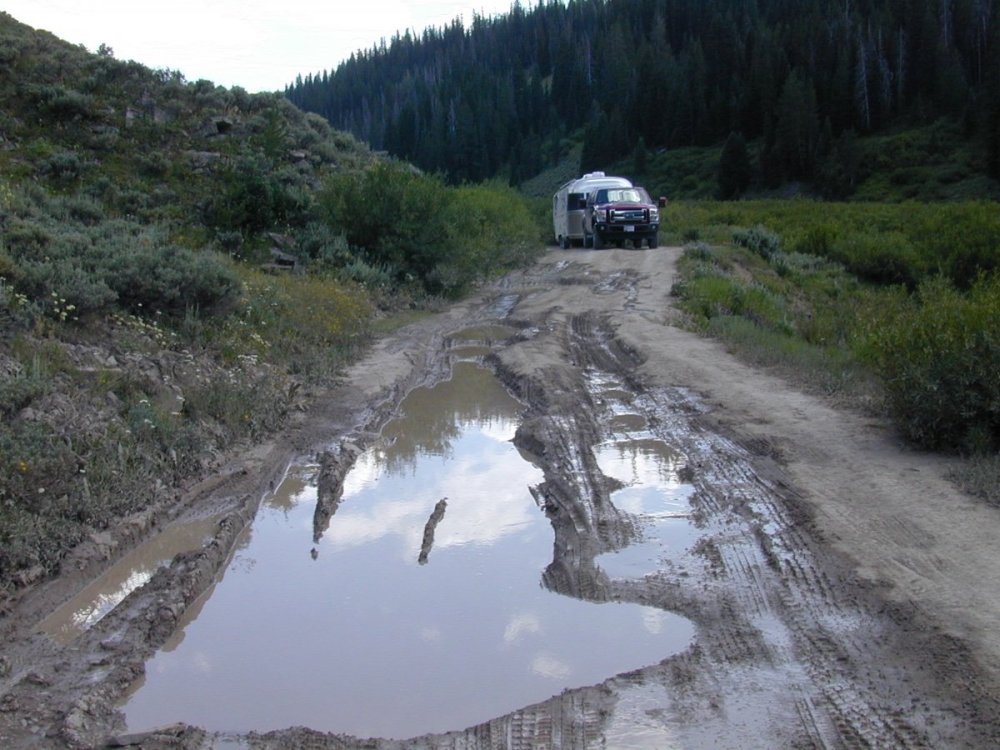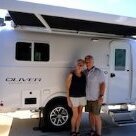Leaderboard
Popular Content
Showing content with the highest reputation on 02/18/2024 in all areas
-
Old school internal sensors failed early, and always. SeeLevel is awesome, imo. We used them in our boat, too, when we upgraded our system, based onbl their reliability in our camper. As everyone has noted, including @Jason Fosterthey still have to rely on sending through the wall. You said you rarely use the black tank. Change that up, and do follow @Mike and Carol practices. DON'T dump that black tank when only a bit full. Do add calgon, or borax mixed with warm water first, and drive it around to the next camp site. (The old school ice in the tank has never worked for us, in used rentals that we've delivered.) If you follow Mike and Carol's procedures, several times, with a mostly full tank ( you can see it, on visual inspection), you have a bad sensor , imo. Contact SeeLevel. Replacing the sensor with a poop pyramid, or unclean tank walls, will yield the same results. So, do try to clean it up first, imo.7 points
-
Generally, when these sensors malfunction, it is because of residue sticking to the sensors interfering with their function. I would fill the tank completely with water and let it sit full for a few days to help soften the residue, then use a wand style tank flush inserted into the toilet from the top to direct the pressurized flow toward the sensor. If this doesn't work, find a kid with a really small arm.... lol.5 points
-
Let me be clear. The Truma is AMAZING. Keep it. My Truma will supply hot water forever as long as I have a water supply and gas to keep it running. I've had the others and was not impressed. There is a reason why Truma costs a lot of money to buy and fix. They work. There are four ways I can winterize my Oliver: 1. Traditional: Shut off valve and drain Truma. Then circulate water system with antifreeze. (RV specific) 2. Lazy: Keep the trailer camp ready: Water tanks full, Truma on, and Gas heat set to 55. 3. Lazy 2: Same as 2, only drain Truma water heater. 4. Super Lazy: Put my trailer in a heated shop. The Truma water heater is the easiest to winterize because it only takes three steps: Turn power off, turn water supply off, drop yellow drain lever. Done.5 points
-
I just ran across and decided to follow a web site that's been ongoing for 23 years according to the introduction. It has a wealth of information about everything RV. Numerous articles are posted each week by actual RVers about every topic that's relevant. My reason for posting this here is because the first search I did was simply for "Oliver" and found that four articles they've posted over the past few years popped up. Thought it was worth sharing. https://www.rvtravel.com/?s=Oliver4 points
-
If the previous owners were not diligent with their black tank maintenance, you may be dealing with their deposits that have become a part of the tank. Yuck. As Jason suggested I would add before filling the tank I would throw in a detergent pod and some liquid Calgon water softener. Also, drive around a bit to get some agitation. If you’re going to leave it sit for a while you might try some Happy Camper, we add it whenever we’re home and our trailer is going to sit for a month or two. After every dump we add a laundry detergent pod (whatever is cheap) and some Calgon water softener. We usually dump at our destination, driving with some level of fullness in the black tank. The only time we dump before we leave is if we’re going to a location where we won’t be able to dump. When dumping, I always fill the tank to 80% or so and then do a couple of additional fills/flushes until what comes out is clear. Good luck! Mike4 points
-
4 points
-
I am aware that some owners use the Hughes Autoformers, even in combo with one of their Power Watchdog surge protectors. Although designed for easy use outside at the shore power post, they can be installed inside an RV which is what I decided to do. Without going into much detail, the Autoformers (available in 30A and 50A models) boost voltage when drops occur, as well as provide surge/spike protection. Surprisingly enough, a ‘search’ of this Forum did not show many results for these Autoformers. As a cost saving measure and matter of convenience, I passed on their Internal Hardwire Mounting Kit and simply made use of a new 10’ 30A RV extension cord. I did however, opt for their Mounting Bracket due to space limitations and ease of removal for service needs. Upon disconnecting all power sources, I proceeded with removal of the exterior street side Furrion 30A Twist Lock male plug. Although I never experienced any problems in the past, I did find the ‘white’ neutral wire connection loose, probably from vibration. You’ve heard it before and now again, routinely check your wiring connections! I then opened up the Automatic Transfer Relay and disconnected the individual wire ends of the stock 10 AWG Boat Cable. I was pleased to find my unit had the Wago Lever-Nuts wire connectors! The clamp connector was loosened and cable removed, all 24” of it. Note: I opted for the front 30A convenience plug for generator use, thus the stated ‘relay’. The female plug end of the aforementioned 30A RV extension cord was cut off, measuring ~35” of cable length below the red plug and subsequently connected it to the Furrion Twist Lock plug. I used the removed cable to gauge how far to strip back the outer cable cover and individual wire ends. Again, pleased to find that the individual wire inserts on the Furrion were color-coded to ensure proper wiring. If you forget to position the neoprene gasket prior to connecting the wires, just know it can be ‘gently’ fitted over the Furrion’s cap and base. The mounting screws were then aligned with the gasket and hull holes for reattachment. The installed female plug extension was laid out and connected to the remaining length of the male plug extension; the end of which was then fed into the relay to mark where to make another cut. For clarification, the cable right of the red plugs is the whip on the Autoformer, the left is the excess length to be trimmed. As before, the former cable was used to gauge necessary wire stripping. The cut length measured ~38” of cable below the red plug and subsequently attached to respective Wago connectors/ground. The cable clamp was then tightened and lid placed back on the relay. By connecting the two red plug ends, the circuit loop is restored to the original configuration, but now longer and modular. The connected cables can now to tucked away when bypassing the Autoformer. Note: the final position and orientation of the Autoformer will differ from this pic. The plug ends can now be disconnected from each other and connected to the Autoformer, as necessary, to bring it into play. These pics show the final position and orientation. Note: the ‘yellow’ light on the Autoformer indicates it is boosting, I have known for some time my storage facility voltage fluctuates and just another reason for this install. The above two pics shows a mockup of the Autoformer, which still needs to be properly mounted. I will update this post when undertaking that task.3 points
-
3 points
-
I’m a retired wildlife biologist, been up close and personal with many critters much more dangerous than buffalo!3 points
-
You definitely want to submit a service ticket to Oliver, and provide everything you have shared. support@olivertraveltrailers.com You will get an immediate response back with a ticket. Oliver will follow up pretty quickly on Monday.3 points
-
I was thinking of using a round plastic bottle as a starting point. Just looking for a heavy duty one of the right size. Nice job on yours! GJ3 points
-
The explanation I've gotten is that any "crud" (lets call it) ... on the inside walls of the black tank can inhibit the sensor (your picture shows it) ability to read the content level inside the tank. We use ours toilet freely as needed. Occasionally while we have full hook-ups... I'll use a dedicated black tank hose and give the black tank a good flushing. This helps break off any crud and flush it away before it becomes a permanent part of our black tank. In addition, occasionally when I know we are going to be towing for several hours, I will first drain the tank... and then partially refill the black tank with fresh water and some Dawn dish washing detergent. As we are driving along this solution sloshs back and forth and cleans the inside of the black tank. If the tank hasn't been properly maintained it is possible that it could take a while to really get it clean again. All this said those sensors are not the most accurate things in the world... but they should be much closer than yours appears to be. Ours (for example) will read about 85% when it's really full.3 points
-
Disclaimer: I've never had to replace one of these devices but there is interesting information on this site: SeeLevel Tanks Sensor3 points
-
2 days after picking up our 2022, Hull #1045, while camped at David Crockett State Park, we were plugged into shore power. I pulled up the phone app for Lithonics to check our batteries. They were down to 70%+/-. We were plugged into shore power at Oliver and at David Crockett. We confirmed there was shore power. Call Oliver and they had me check the inverter breaker located on the front wall, street side. It is right next to the actual inverter, which should be off. The breaker had tripped and there was no charging of the batteries. I reset the breaker and we were good. This happened twice more on another trip, and a new breaker was awaiting our arrival home. So with the breaker tripped, there was no charging of the batteries. Check your inverter breaker.3 points
-
After routing wires and an Ethernet cable under the vanity into the closet for the Starlink system, it was time to finish up the “Cubby Mod”. Used some available 3/16” plywood from another project to fashion a shelf and bulkhead to help organize storage. Rattle-canned a white enamel coating and - poof! One and done: Added 2 extra layers of insulation while in there. Cheers!3 points
-
2 points
-
As a safety check as you contact Oliver. There have been a few of those under the dinette transfer switches that failed due to loose wiring connections inside and had thus melted internal wiring. Transfer relay wires can wiggle loose and cause the switch to toggle back and forth when power is applied. To check, you would need to disconnect from shore power and generator, then open the transfer switch box to check if its connections are tight and no smoked wiring.2 points
-
The story behind the cow and calf above is: I had been fishing the stream right behind my Ollie (stream is visible in the pic and this is my campsite). I was still some distance from camp but walking back via a dirt road when approximately 400 yards in front of me I saw something come out of the woods that was large, black and had fur! Due to the distance and the heavy shade I simply could not tell exactly what this critter was but, I knew that it had crossed to the stream side of the road and was between me and camp. I could hear it but given the vegetation I only caught short glimpses of that black fur. I felt a bit foolish carrying the bear spray in my hand and yelling "hey Bear" when I finally, got to within about 75 yards I saw the calf and figured that if this black critter was a bear then this calf would have already been dinner! Well, Mom and calf seemed to like my camp and hung around for a 1/2 hour or so, but, Mom left me a very nice "present" just outside the door. 🤠💩 Watch where you step and don't get between Mom and baby. Bill2 points
-
2 points
-
Those things are notoriously bad tempered. Glad you got away with it.2 points
-
Assuming there are no leaks, an air bubble can cause the pump to run. Opening and closing the sink faucet can allow the air to escape. If opening/closing the faucet does not work, then check the strainer by the pump. OFTEN as in very often, poly shreds from OEM install will plug this strainer. Plugged or partially plugged strainer can cause low water pressure or in severe instances no water flow. Worth a check. GJ2 points
-
If you hear clicking like the batteries are trying to charge and then it shuts off and resets everything, then you will have two issues. One is grounding. Looks like someone already mentioned the required grounding plug. The other is the charge controller is pulling too much power. It has to be reset.2 points
-
Good reading info! One item to make sure is that all other loads, such as water heater, A/C, microwave are OFF. This will allow you to adjust the charge setting to a level consistent with a max RUNNING (Not surge) amps of your generator. It would do that if your grounding plug (Technically a grounded neutral plug) is defective. If there are other RV's in the area, ask to momently borrow their Grounded neutral plug for a quick test. Geronimo John PS: The fancy one displayed above is nothing but a regular 120V plug with a jumper wire inside it from the ground wire terminal to the neutral terminal. Most of us buy a $5 plug and make our own.2 points
-
I do not have the type of Xantrex inverter/charger you have so I am not an expert. But what I have read on this Forum for quite awhile now is that it looks to me like you need to change the charger current setting. Tom and Doreen and rich.dev in the posts above explains what setting to change. if you have cell phone service where you are, I would download the app now and try changing the charger current setting as they suggest. Then try the generator again with the EMS turned on. Hopefully that will work. Do NOT forget to put the setting back to here it was when you are hooked up to shore power. Write down the existing setting before changing it so you do not forget the initial setting. If all else false, contat Xantrex (or Oliver) on Monday. Good luck and let us know how you make out.2 points
-
It does sound like the generator cannot supply enough power to satisfy the amount of current needed to charge the batteries. The breaker setting is a good place to start as mentioned above. There is also another setting, #24 (charger current) that allows you to adjust the amount of current allowed to charge your batteries. For lithium batteries I believe the setting is 150 amps. You can try changing that value to something lower ( as a test ) to see if that helps, you can try something really low like 10 amps as a test.2 points
-
You should have a breaker for the inverter under the street side bed on the wheel well, looks like this. Some suggestions... 1) Did you check if the ground bonding plug is seated properly in your generator? 2) Are you running your 3500W generator on gas or propane. Because it generates only approx. 2800 continuous running watts on propane, which at 120V is approx. 23A, which should still be enough power to run your trailer without changing the Xantrex settings. Try changing the Xantrex AC input settings from the factory 25A to 20A, that would be #28 setting in the Xantrex "FXC Control" app. This setting is set to 25A at the facory because the breaker size for the inverter is 25A and the main power supply is 30A which is greater than the breaker size. When you connect to a generator or house receptical that supplies a lower amps, you need to adjust setting #28 down to match the current incoming power supply. Your smaller generator could have messed it up. 3) Like @topgun2 suggested, take a rubber mallet and tap the transfer switch box 4) If you trust your generator turn off the EMS and see if it works.2 points
-
I don't think that's it because our inverter works and the breaker was not tripped. I think it has something to do with the transfer relay. When the generator is plugged in the The transfer relay keeps trying to switch back and forth and no charging is happening2 points
-
With lithium, you need to change a Xantrex setting before trying to use a small generator. The Oliver's converter (charger) will try to draw more power than the small generator can produce. So, stick with the 3500W genny for now. Also, are these inverter-type generators? Industrial jobsite generators may not produce "clean" power. If the power is drifting in and out of spec, the Oliver's electrical management system may start rejecting/accepting that power. That could be the cause of the clicking. Are you getting error codes on the display in the attic? Next, is the 3500W inverter-type generator producing electricity when not connected to the trailer? Test it with any handy electrical device. If not, the generator's circuit breaker might have tripped. If the generator is producing power, look next to the connection between the trailer and genny. As @topgun2 mentioned, some generators (inc. Honda) require a grounding plug inserted into one the the genny 15A outlets before connecting to an Oliver. If the plug isn't present the EMS will cut the power and the display in the attic will show an error code. The clicking under the dinette might be the transfer switch if you have the optional shore line connector on the front right side of your hitch near the propane tanks. What happens if you plug into the optional front shore line connector instead of the one on the driver's side? When connected to the generator does your microwave have power?2 points
-
I assume that you have the Oliver installed Electrical Management System/Surge Protector? If yes - what does the system's readout indicate? Do you have or need a grounding plug on your generator? What percentage are the batteries currently at? Bill2 points
-
SeaDawg is correct. You don’t want the old outside vents open, dirt and bugs would be the least of your worries. Rain and water spray when washing etc. would end up inside of the trailer. These compressor fridges are not sealed around the backside like the absorption fridges are. Even absorption fridges (my Dometic wasn’t) aren’t sealed underneath, remove the lower grill from a trailer with an absorption fridge and look under the fridge. Mine was open all the way to the front of the fridge. The compressor fridge has to have plenty of air circulation behind to vent heat from the condenser coil. Without proper ventilation not only will the compressor run a lot but, the excess heat will eventually damage the compressor by causing the motor to run hotter. Without proper ventilation the heat cannot be removed from the condenser coil which will cause high head pressure in the compressor itself which will cause the motor to work harder drawing higher amps thus overheating the motor. Sort of a vicious circle situation. During normal running there isn’t a whole lot of heat to deal with, not like the absorption fridges so venting to the inside of the trailer is not really noticeable. The installation manual usually has a specification for the minimum square inches of open area for ventilation. That spec should be followed fairly closely.2 points
-
The newer rearview cameras that are installed by Oliver have a built in "hood/cover" that helps protect the camera from sun and rain and (perhaps) some glare. However, those of us with the older cameras no such "protection" is built-in. So, after seeing another one of these cameras where the owner (sorry, I do not remember just who that was) fabricated a hood/cover, I thought that I would try to do the same for my camera. I had some reasonable flexible plastic sheeting laying around the workshop that had originally been used during the installation of a "ceiling" under part of our decks on the house. I believe that the product was called "Underdeck". Anyway, using a bandsaw I cut out a rough shape and then used a heat gun to soften the plastic sheet such that I could hand mold it into the basic shape I wanted. Next, I refined the rough shape again using the band saw and then started sanding until I was basically satisfied. A bit more molding of the cover using the heat gun - note that I actually used the camera as a base for this "final" molding but was careful to not let the camera get too/very hot for the obvious reasons. Then it was a bit of hand sanding - this is not really that difficult given that the plastic is fairly soft. Perhaps the "final" detail of the project was the most difficult - the placement of the holes that aliened the outside bracket with the plastic hood with the holes in the camera body. Note that the bolts that attach the bracket to the camera body are not very long and with the added material of the plastic hood being involved there is not much room for error on this step. Finally, when I was satisfied with how it looked I spray painted the underside of the hood with ultra-flat black paint so that glare/reflection would be reduced. Questions? Bill p.s. Note: In the pics below it really doesn't show, but, the top of the hood does not rest directly on the top of the camera. This allows any heat from the camera and/or the sun to be dissipated such that neither should be subjected to too much heat. l This is the hood that I copied. I reduced and shaped the edges of mine such that there would not be any interference by the hood with the camera angles out to each side. The above is the camera mounted prior to making the hood. TopTop Back Front1 point
-
Yep - #2 not #1. Or, you could ask the campground where you have the reservation if they could move you or if the site you have reserved also has a 30 amp plug at the pedestal - many do. Bill1 point
-
As a semi-retired rancher, I've been beat up, trampled and broken by nothing more than pasture raised cows.1 point
-
Saving this snack for later.1 point
-
Glad you got it working and a big THANKS to all that got on board trying to help a fellow owner - that is what "family" is all about. Again, sorry I had to run earlier but you were in good hands with all that came to your aid. Bill1 point
-
1 point
-
I carry every tool imaginable, but still find a nut every now and then that refuses to move. Been there, done that many times. I keep my tires aired up fully on the highway and air down on rough roads. The truck has a compressor and I have two spare jacks. My TV has two batteries, but if they both die, I have 390 amps of juicy stuff in my trailer, plus a generator that can run my battery charger. Tooth Fairy: And Santa Claus: I'm the kind of human "Bean" that likes the road less travelled, so I'm with you on all of this.1 point
-
What ifs... When away from home and towing, you may need to repair something that requires tools. I carry lots of tools to fix the mechanical travel problems that can happen when least expected. The further off the road, the more important it is to be prepared... for anything with a variety of tools. If you have a wheel bearing go bad while traveling, an Oliver Elite and the Oliver Elite II have different options. A double axle can travel slowly with three tires on the ground. A single axle, not. If your tire pressures were minimal, the one tire with a good wheel bearing, would require a higher PSI to carry the load by itself on that side. A double axle travel trailer has options a single axle travel trailer do not. Flat tire. What PSI do you maintain when traveling? Do you check your spare tire pressure when beginning a trip. Are you a high PSI or a low PSI traveler with the idea of one is better for the Oliver? There is a check list of essentials like Propane Tanks topped off, water tank flushed and fresh, battery condition, tire pressures. Have you checked the bolts that attach the Leaf Springs? If your Tow Vehicle battery dies while Off the Grid, do you have some idea of how to find a solution with what you have? These are some What Ifs. Those who are RV Park campers and travel busy roads are less likely to be stranded without cell service or potential help. Those who travel Remote Locations and camp Off the Grid do not have those luxuries of the Urban Camper and RV Parks. Long handled Clippers. Shovel or two. Plastic Buckets. Two Wheel or Four Wheel Drive Tow Vehicle. Are your Maps adequate for the area you plan to explore? Have lots of experience Backing UP and Out of a bad spot in the road? Some prepare and learn from previous mistakes. Being prepared for the What Ifs that others have had occur. If nothing happens to yourself for an entire lifetime, no problem. Once you are stuck in a muddy stretch of road... without a shovel or two... and have no backing out of a situation experience... good luck. Start your... list. Take photographs for the memories of figuring it out yourself. The 'Tooth Fairy' was not real, either. Nor Big Foot. Boy Scouts "Be Prepared" was smart and wise. The 'What If' situations can occur anywhere, any time and when least prepared. Anyone who is confused about any of this, you are just fine doing what you are doing. Great. Those travel trailer owners, like ourselves that go to places to get peace and quiet in remote locations need to be prepared. Human Beans are not on the top of the Food Chain in the Rocky Mountains and prefer to be at a Parking Lot at Costco. We can do either, if necessary. You can as well.1 point
-
1 point
-
Don't worry - yet. First we have to figure out exactly what the problem is. Have we confirmed that there is a grounding plug being used? It should look something like THIS one.1 point
-
Do you have the optional front shore power plug? If yes, then if possible try plugging the genny into that and see if you get the same result. I assume that you have checked all of your connections - make sure that the cord is solidly plugged into both the genny and the Ollie. Bill1 point
-
I get it now, and actually think your thought process is spot on. Totally reverses my previous comment.👍1 point
-
Same here, if the temps dip below freezing I turn on the hot water tank and the heater.1 point
-
When we added our BB Lithium batteries a couple of years ago I also replaced the PD4045 45 Amp charger that was installed in our Hull #050 back in 2014. I have been satisfied that it is doing a good job for us. When the BB’s voltage drops and it is in bulk mode our Blue Sky IPN Pro indicates it is delivering 43+ amps to the batteries.1 point
-
In our case (indel b truckfridge/non marine version of isotherm) the minimal heat generated is vented to the inside. No outdoor vent specified. No dirt. No mud dauber. No screens necessary. I've used 12v danfoss/secop compressor fridges in three countries. None had an outside vent. A big advantage, for us, on dusty roads, actually. The waste heat, without the flame of a 3way, is quite minimal. Can't even really feel it, with a hand next to the vent grills (interior). Biggest issue with 12v dc compressor fridge is having enough battery power, power management skills, and a way to recharge batteries. 60 ah per day is our average, and with our relatively puny 2 x 12v 105 ah agm group 31s, it does require monitoring, if you're not plugged in all the time. Me? I'm perfectly happy with the tradeoffs I have a smaller freezer, big fridge compartment, interior light, no exterior panel lights at night, and most importantly, a fridge that cools down quickly, and stays consistent in temp. I think we're six years in, and I'm super happy that we made the swap.1 point
-
I hope this new owner mistake is not a costly one for you. This is a good example of the my concern with the increasing complexity of our trailers over the years. The Suburban hot water heater has a shut off valve and an anode at the bottom of the tank. To winterize just turn the valve off and remove the anode when the water is not hot. Done. Can't say the same for the Truma system. As you now painfully know. As an ole brown shoe Mechanical Engineer, I prefer not to have combo systems due to complexity. Granted the integrated Inverter/Converters are super nice, cool and somewhat space efficient. They are also by far more energy efficient than the 2018 version we have. That said, they are also single point failure systems of great complexity. Should we lose one of the features (Inversion/Conversion/Solar/120 Shore Power/Battery Power/Solar Power, with independent systems we can survive just fine. But with a single point failure, you CAN HAVE no refrigeration, lighting, heat or AC. Then when there is a failure, trouble shooting the computer systems in the field can be a real PITA too. So there is something to be said for simplicity of systems. In the mean time, it is wise for all of us to occasionally revisit the Oliver University Videos. All of them. GJ1 point
-
OUCH! I know that we all learn from our mistakes - but - this could be a fairly expensive mistake. Sorry to hear it.😭 Bill1 point
-
To my knowledge - Oliver does not use Shark Bite fittings. So, is it the fitting or the Shark Bite that has the leak? Also, please use the "signature" area to fill out details on both your Ollie and Tow Vehicle so that it is easier for members to respond to future questions. Thanks! Bill1 point
-
Now there’s an idea! Would be great in getting my ‘late sleeper’ wife up to make this ‘early riser’ his morning coffee.1 point
-
Attached is a pretty cool video of a guy who converted his 3 way refrigerator to a high efficiency DC compressor style fridge. He got the conversion kit from a company called JC refrigeration out of Indiana. They build custom retrofit kits for dometic rv refrigerators. I believe in the video he said the DC compressor runs on 60 watts of electricity while running and most importantly was able to keep his existing refrigerator.1 point
-
Recent Achievements







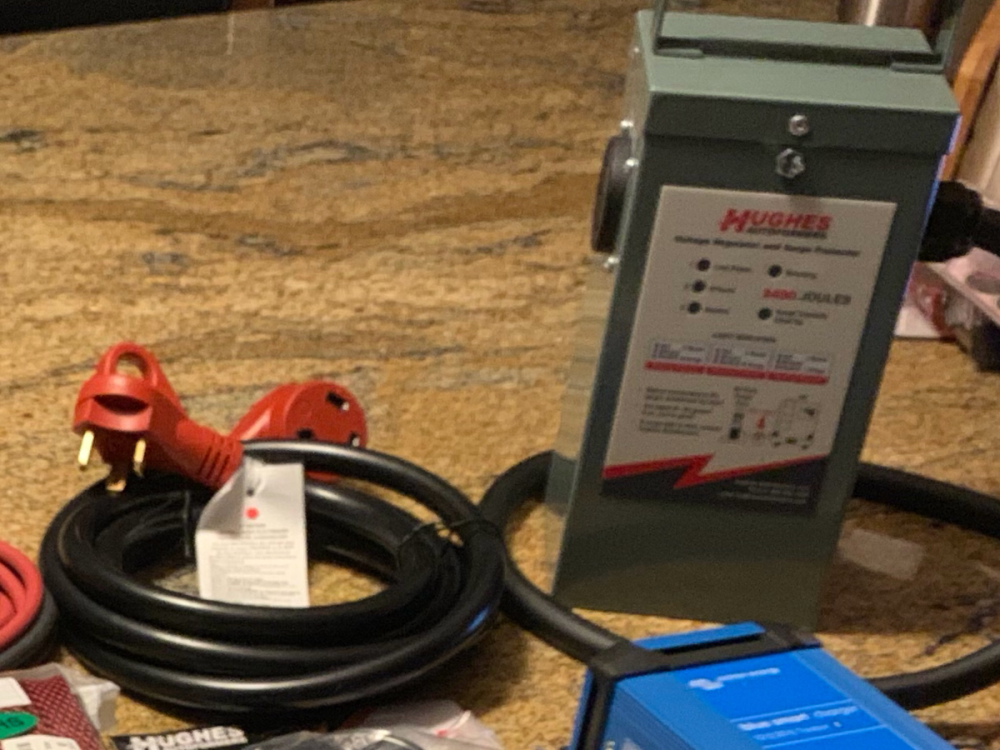
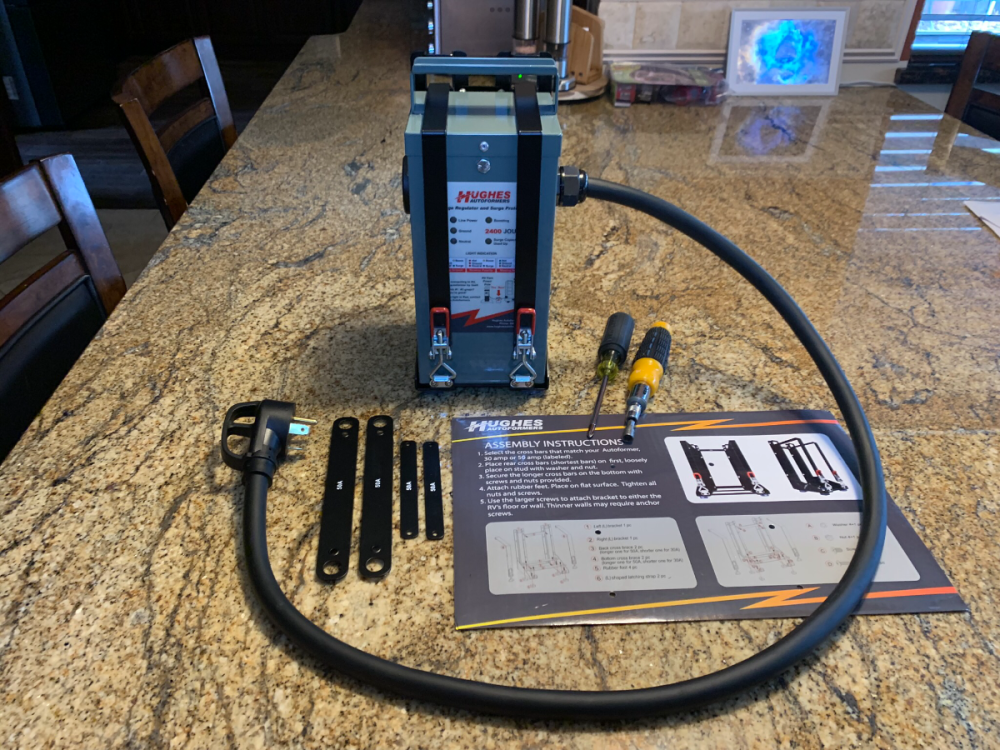
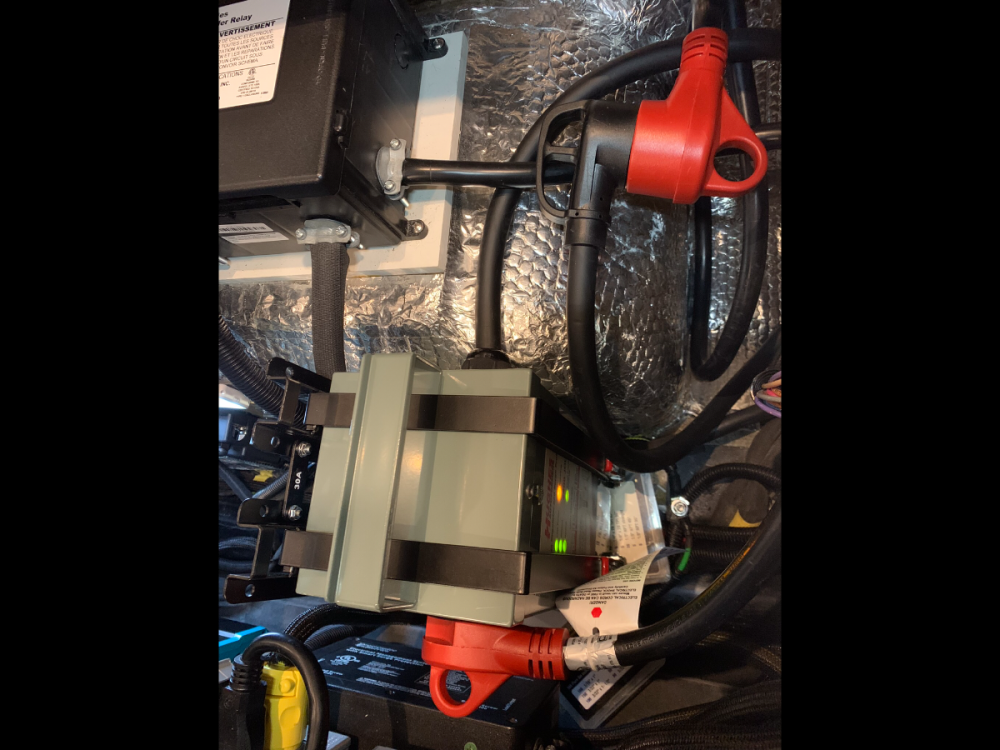
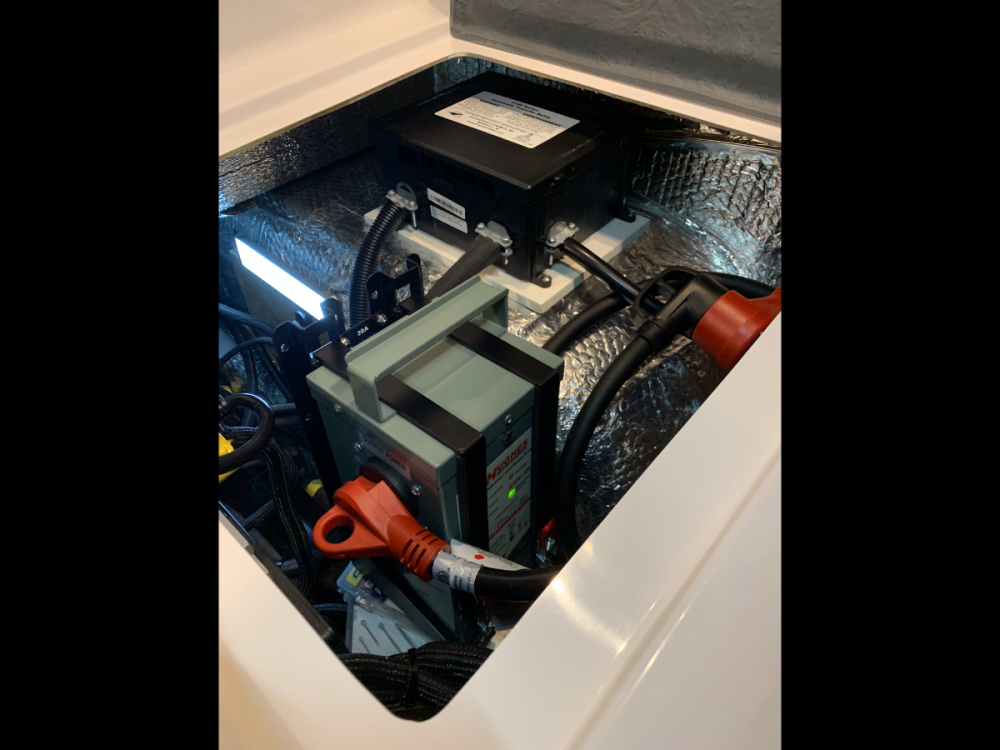
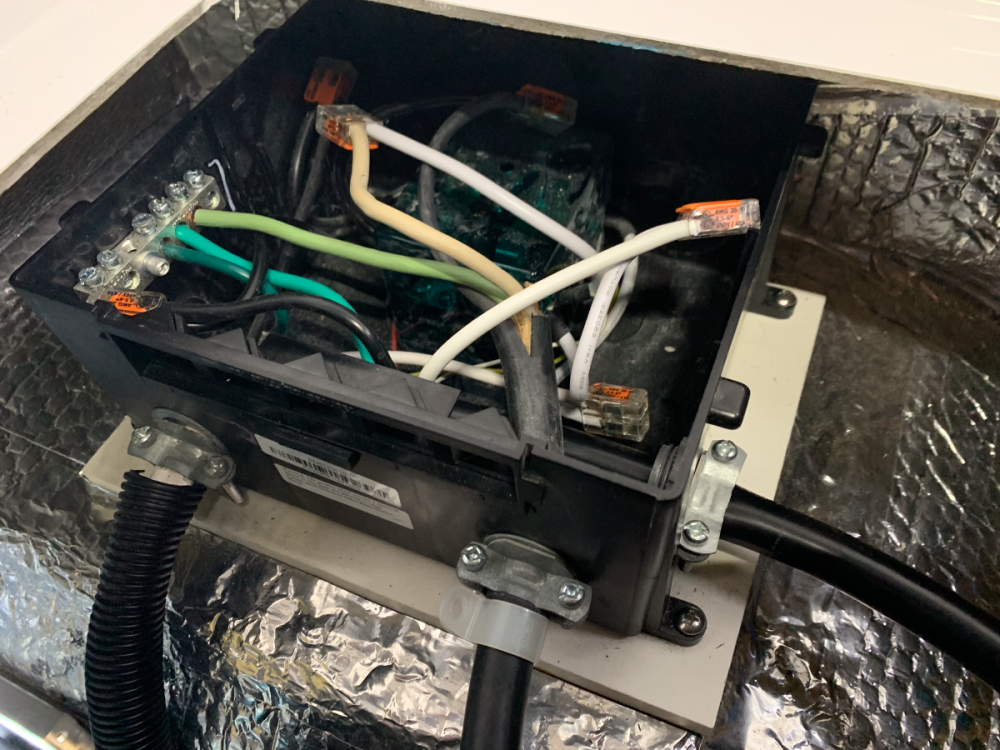
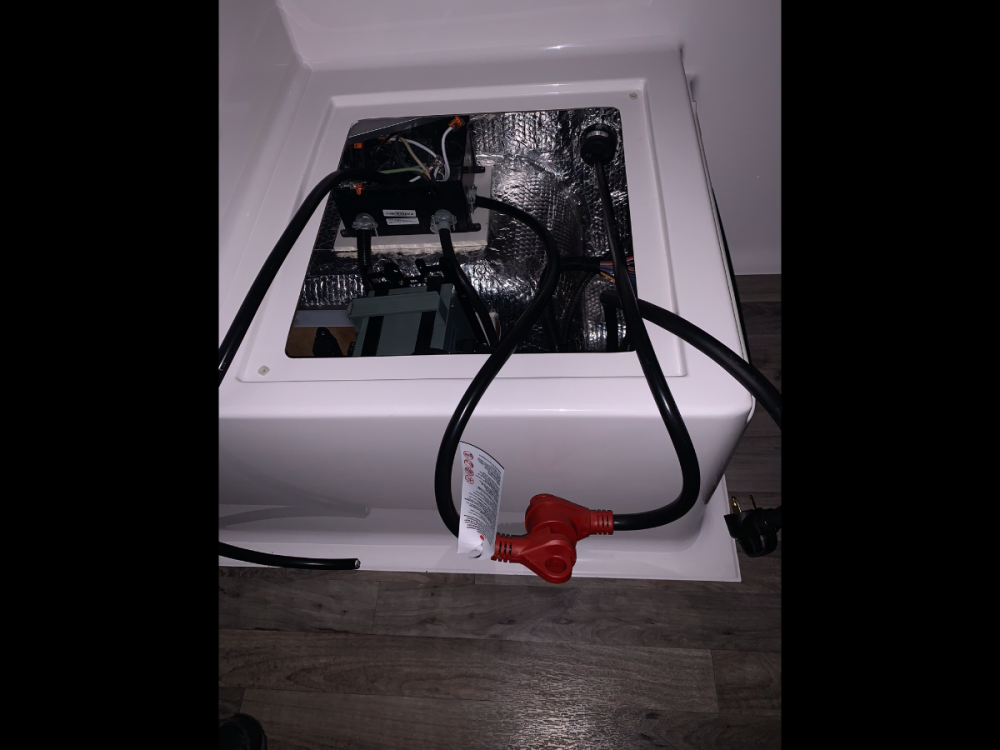
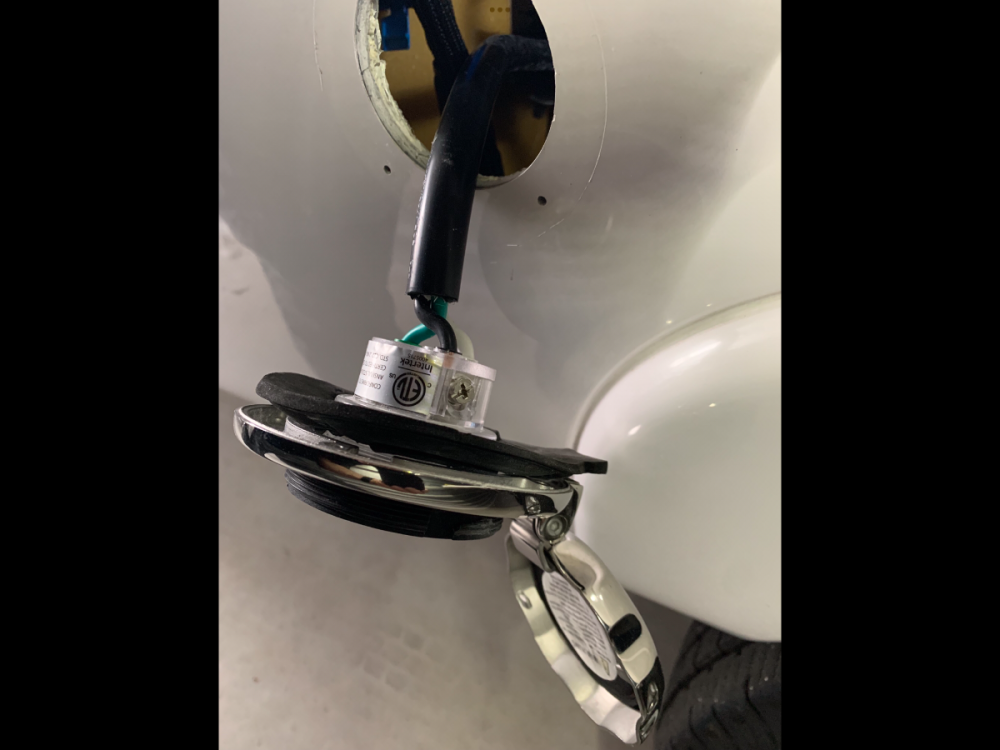
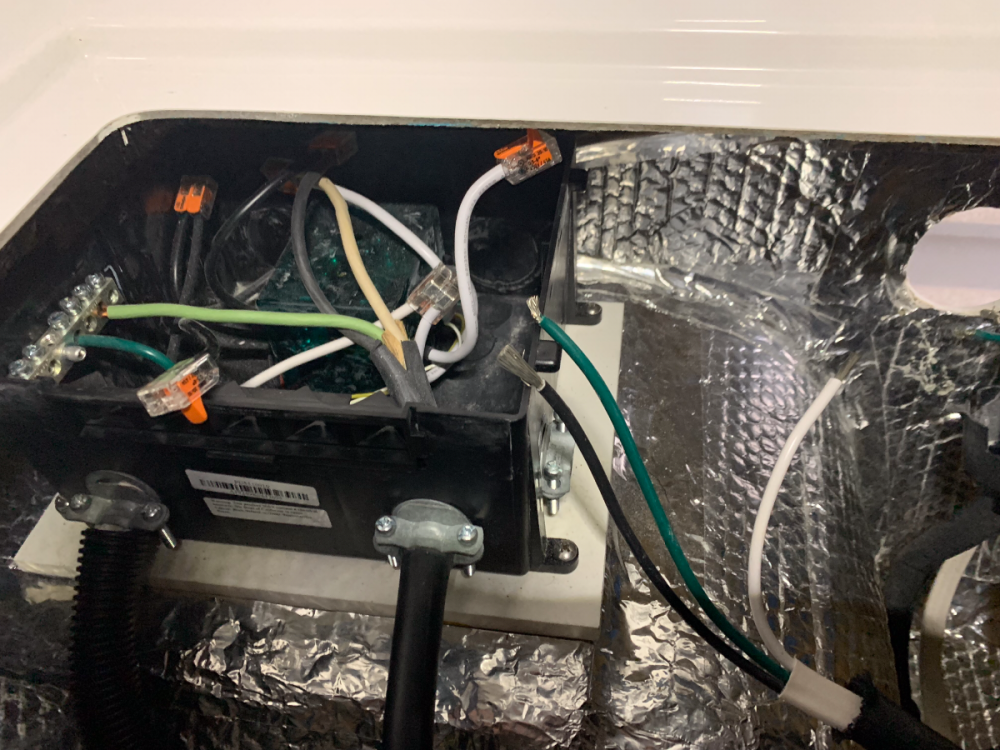
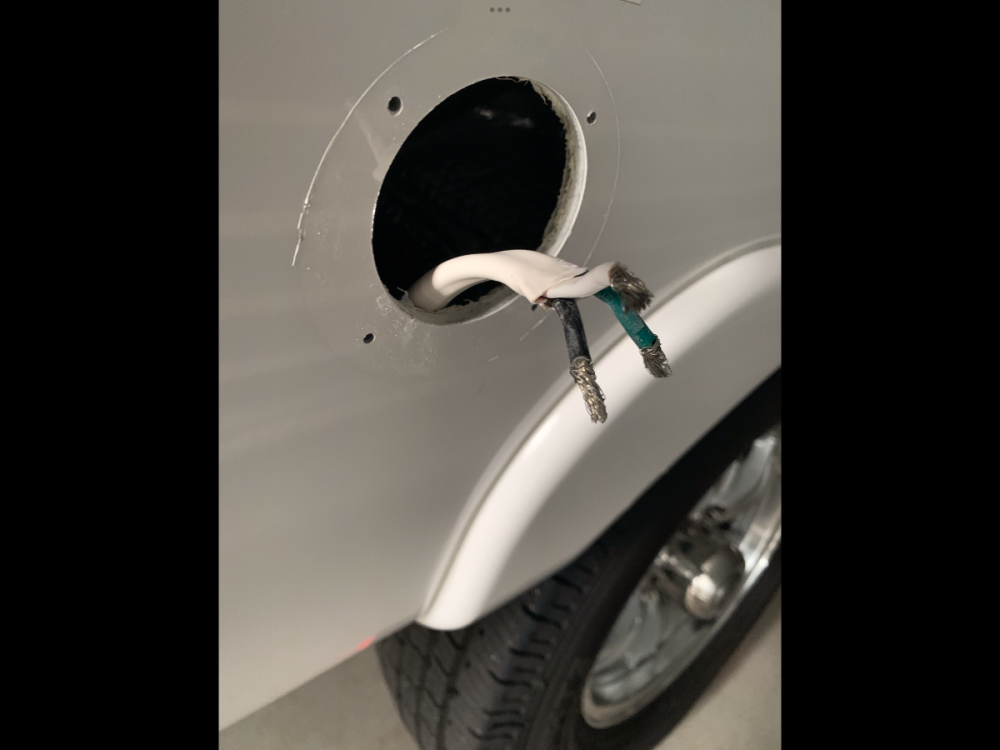
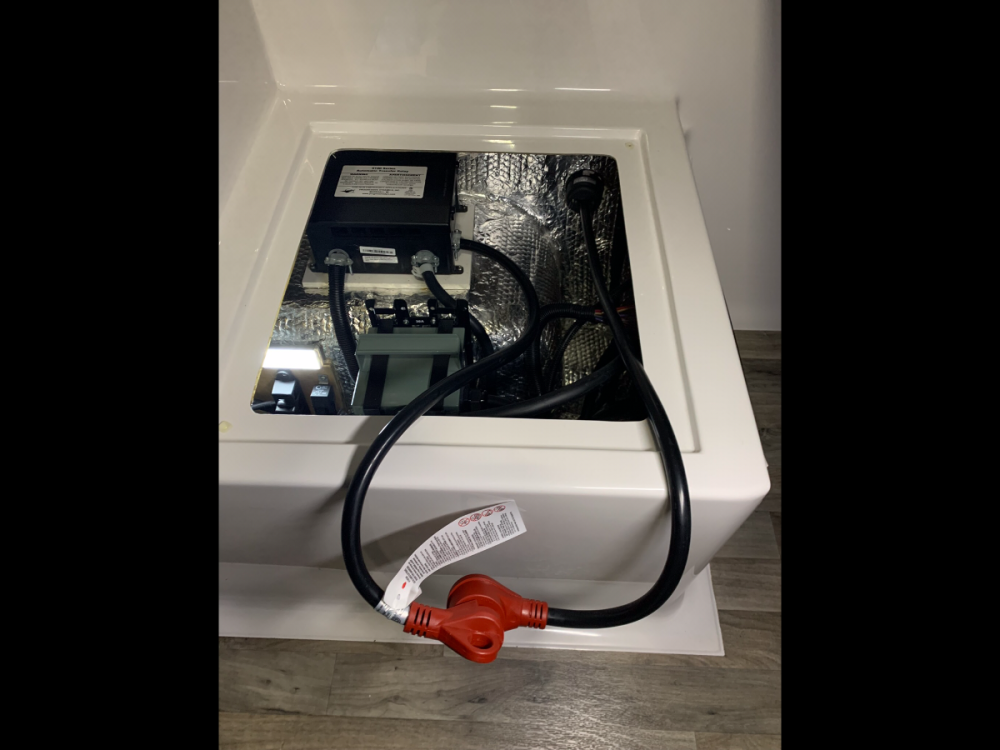
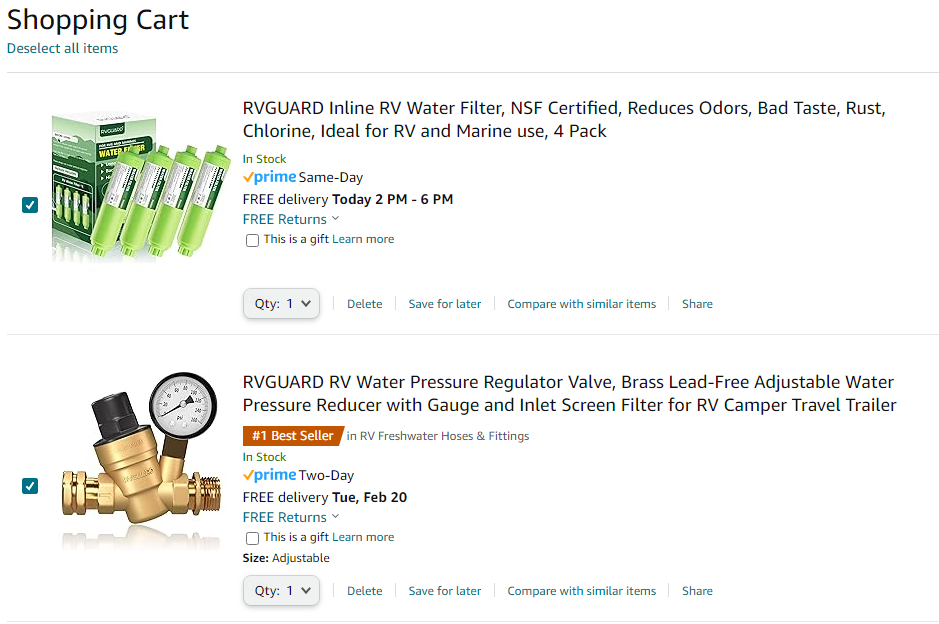


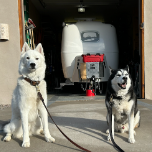


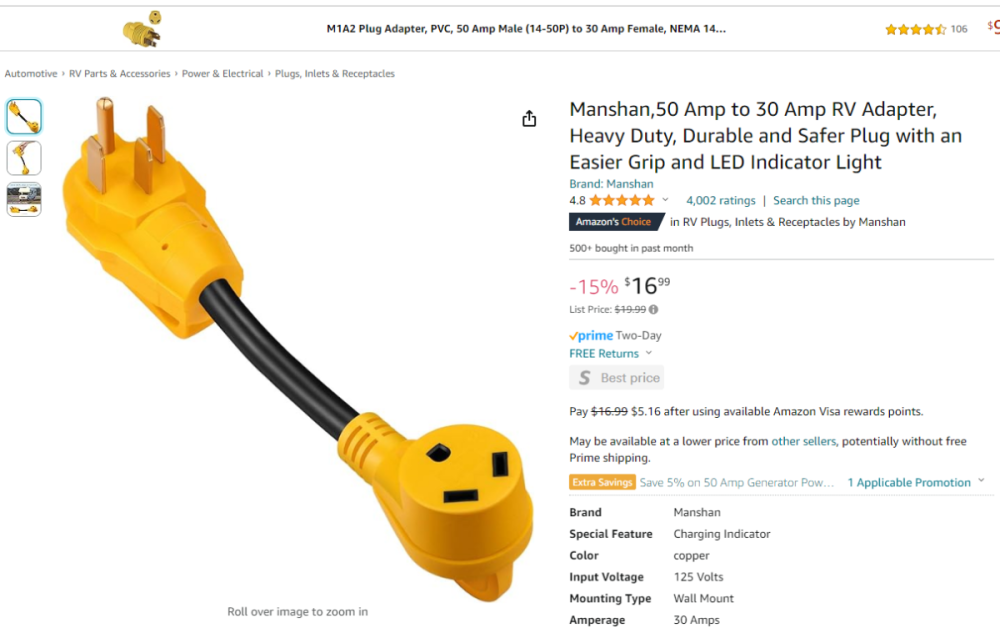

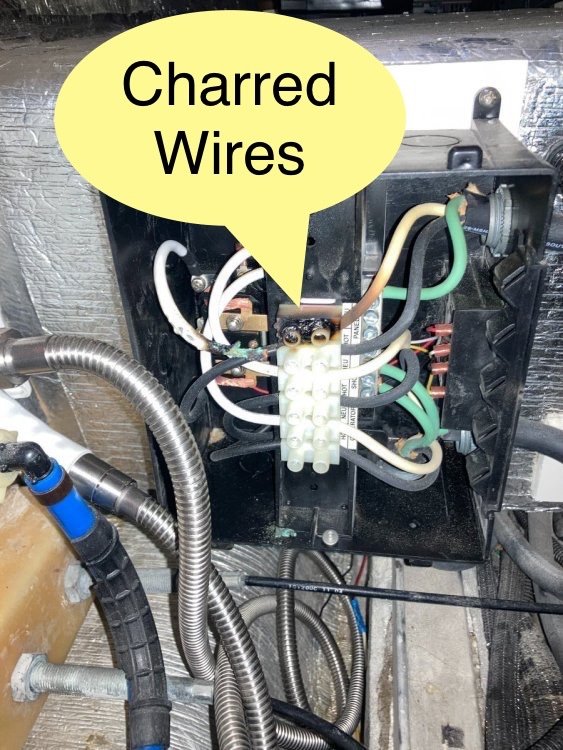
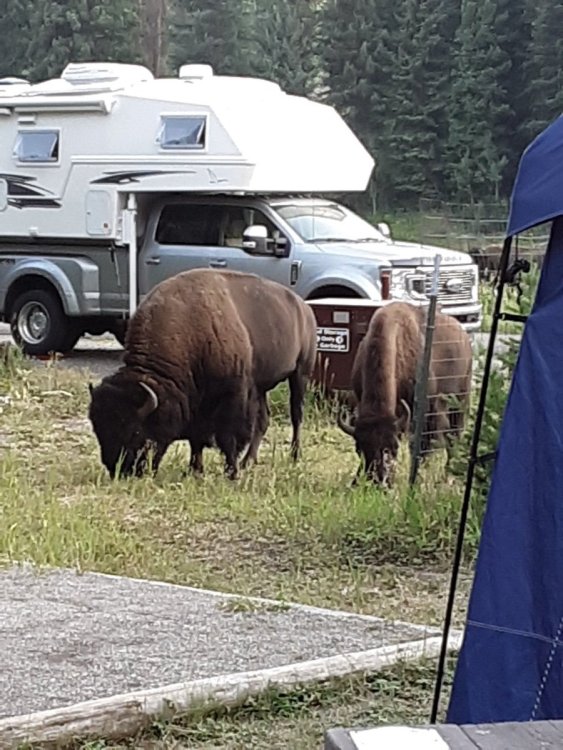
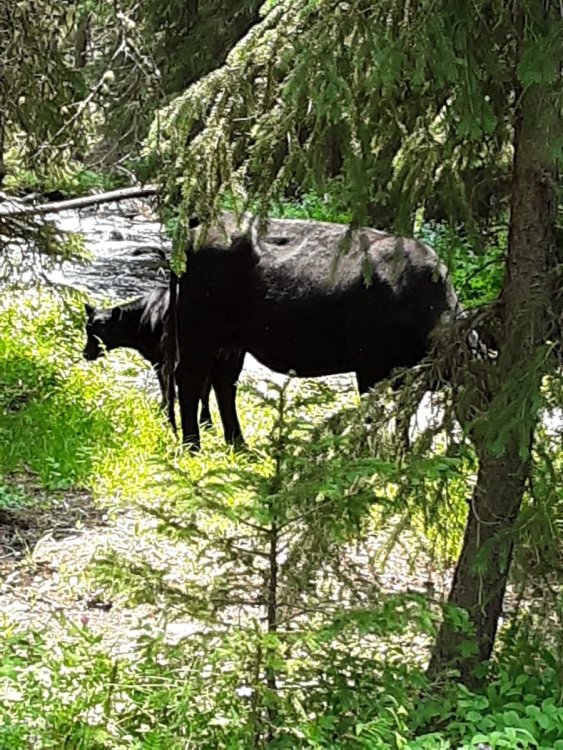





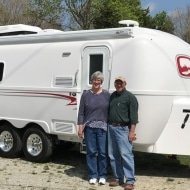
.jpeg.217b76468693ffc6e4451c8627dc100a.jpeg)

